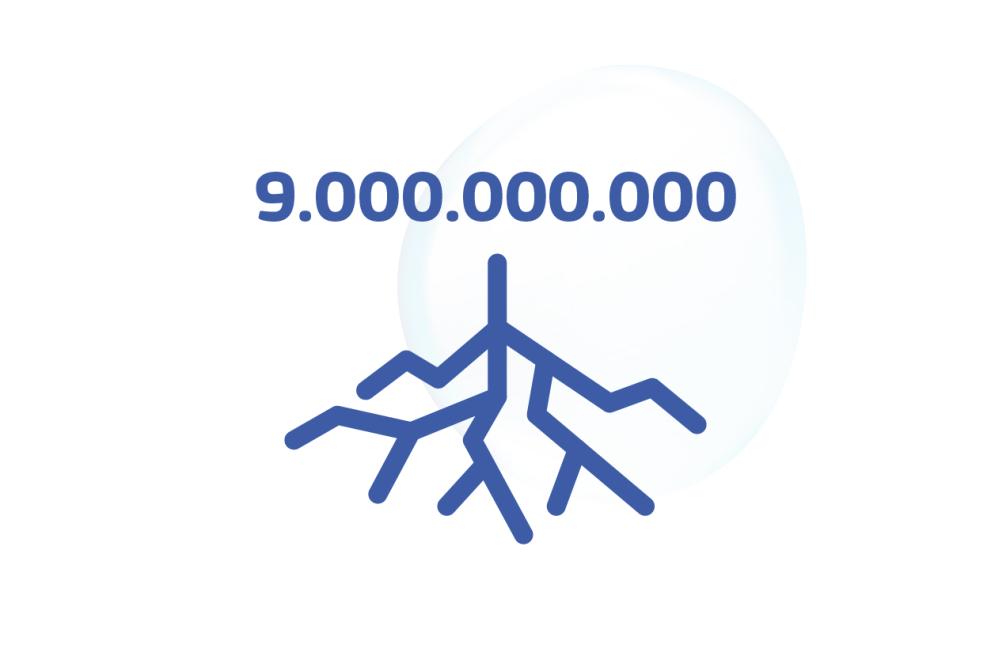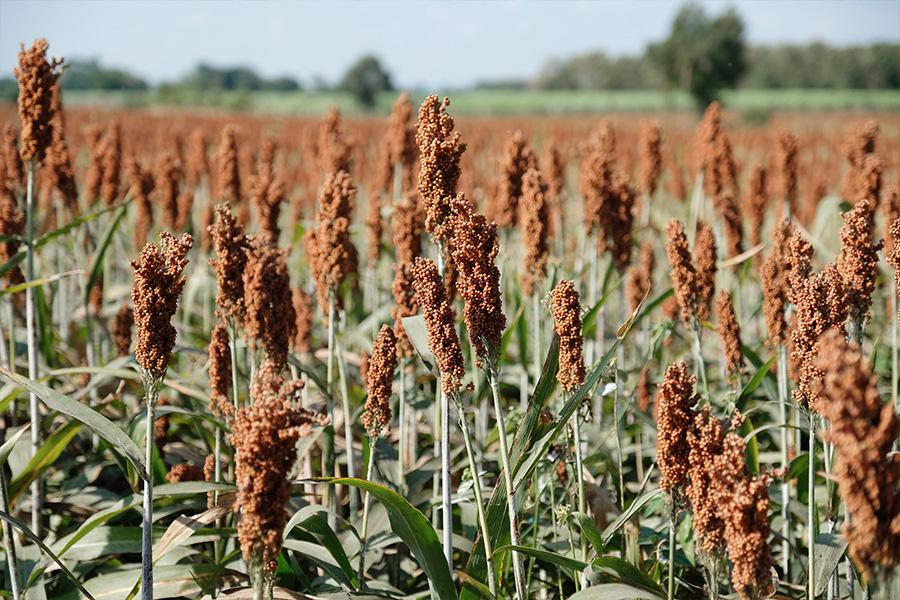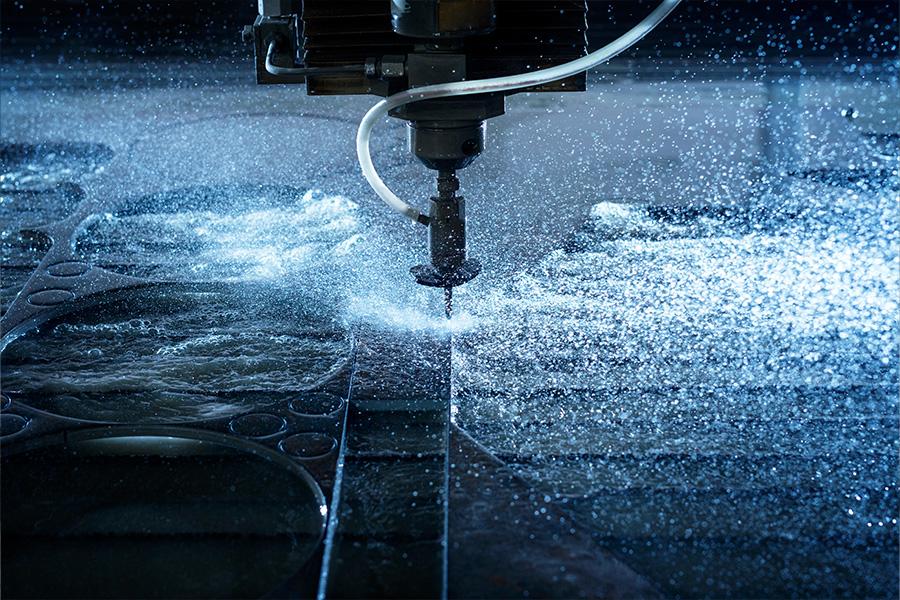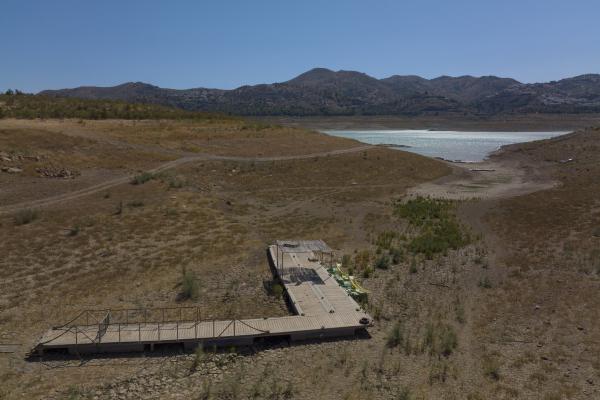Water shortages and droughts affect us all in obvious and hidden ways. They are causing more and more damage to nature and to the economy. We need to work together to adapt our water systems, economies, and lifestyles to a Europe with less water. At the same time, reducing carbon emissions can stabilize climate patterns and safeguard water resources for the future.
We have to implement the solutions to become a #WaterWiseEU.
Water scarcity happen when demand for water exceeds supply
- because economic activities expand without regard to water resources
- because land development is sealing soils so they no longer absorb rain
- because chemical pollution degrades groundwater and rivers
- because waste water is not being cleaned for reuse
- because in addition to all these, droughts deplete acquifers and water reservoirs
… all these are at the root of a broken water cycle.
The true cost of droughts and water scarcity in Europe
 Droughts may cost up to EUR 9 billion every year
Droughts may cost up to EUR 9 billion every year Water scarcity affects 30% of Europeans and 20% of land each year
Water scarcity affects 30% of Europeans and 20% of land each year 48% of Europeans think that droughts and water shortages are the main threat to water in their country
48% of Europeans think that droughts and water shortages are the main threat to water in their country
What are the solutions?
 Food and agriculture
Food and agricultureHeat and droughts risk threatening crop production not only in southern Europe, but in central Europe as well. Prolonged droughts also affect food security and drinking water supplies. Combined with the overuse of water, this could cause the EU's food production to drop by millions on tons yearly.
What’s the solution?
The EU is supporting farmers to switch to more sustainable agricultural practices, such as
- planting drought-resistant crops that require less water, where possible
- (re)using water efficiently
- restoring soils back to a healthy condition
- using fewer pesticides and fertilisers
- increasing vegetation cover
- restoring areas of biodiversity on arable land
- shifting from animal-based proteins to sustainably grown plant-based proteins
 Nature
NatureDroughts harm ecosystems and impact the EU's climate and biodiversity goals. They deprive animals of water and habitats, while increasing river temperatures and pollutants in water. Enhancing our landscapes’ ability to capture and release water effectively can significantly reduce the impacts of droughts.
What’s the solution?
Some examples of these nature-based solutions include
- restoring natural floodplains
- rewetting wetlands
- restoring soils
- protecting groundwater recharge zones
- removing artificial barriers from water
 Energy
EnergyRecord droughts in 2022 led to reduced hydro, thermoelectric, and nuclear power output in the EU. Cooling for electricity generation uses up 32% of freshwater withdrawals in the EU annually, and these dry spells impact energy security, raise prices, and could slow down renewable energy growth. 67% of Europeans believe that energy producers should do more to use water efficiently.
What’s the solution?
- increasing the efficiency of thermal power plants that need water for cooling
- boosting renewable energy production
- making seawater desalination more sustainable
- supporting hydropower that achieves the best possible ecological potential for river continuity, using fish passes and restoring spawning grounds
 Industry
IndustryA stable water supply is crucial for nearly all industries and economic activities. 75% of Europeans think that industry need to do more to use water efficiently. To protect our supply of fresh water, businesses can thrive by being water smart.
What’s the solution?
- prioritise the sustainable and circular use of water
- find efficient ways to collect and store water
- balance supply and demand for water
- improve efficiency and reduce water use in scarce areas
- reuse treated wastewater
Did you know?

They increase the risk of infectious diseases spreading from pathogens in water. They can lead to more intense wildfires and can even increase air pollution and worsen conditions such as asthma!
What can you do?
There are plenty of small changes that you can make in your life that can help conserve water.
Check out and download the poster for the Best Tips for Protecting Water Resources, shared by our #WaterWiseEU partner, the Federal Ministry Republic of Austria.
See how the EU helps to prevent and mitigate water scarcity and droughts.
Discover the EU’s comprehensive laws on water, to protect water resources, fresh and saltwater ecosystems, and ensure our drinking and bathing water are clean.
The European Drought Observatory for Resilience and Adaptation (EDORA) aims to improve drought resilience and adaptation throughout the EU.
Actions on the ground

Every EU country can build water resilience through targeted investments and reforms to improve infrastructure and roll out water efficient technologies.
Fully implementing the current and upcoming EU laws on water, nature restoration, soil health, and forest monitoring will significantly help to restore the water cycle.
Local actions have a big impact.
Check out the inspiring projects below.
To meet the challenges of water scarcity and climate change, innovative solutions are needed to ensure sustainable agriculture. Irwise is a Tunisian startup specialising in irrigation engineering and leading the way with its cutting-edge technology of remote control irrigation.
Current food practices can significantly contribute to climate change. On World Food Day, the SU-EATABLE LIFE project shows how we can create sustainable, eco-friendly food systems which are good for us - and good for the planet.
With more than 650 events across Europe, World Wetlands Day is one of the biggest celebrations of nature in the calendar - and two current LIFE projects are making a splash!




